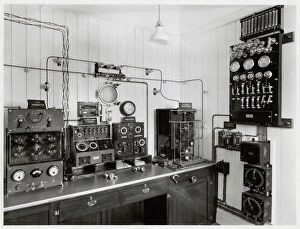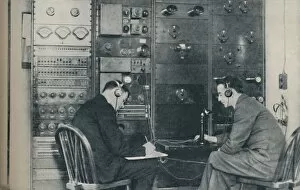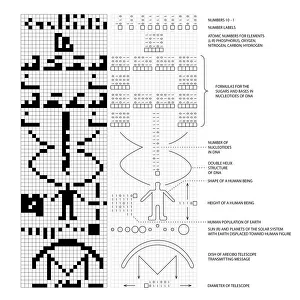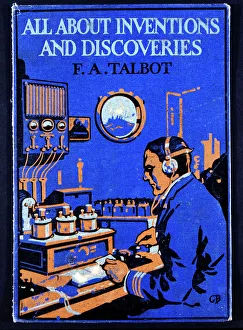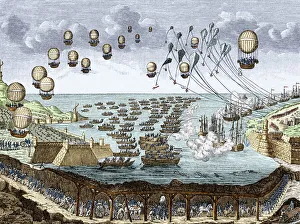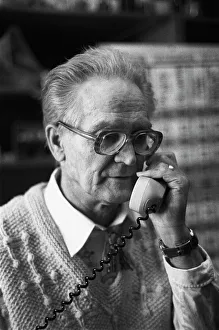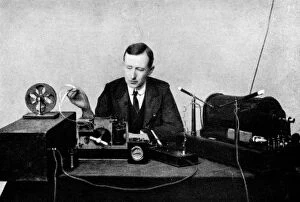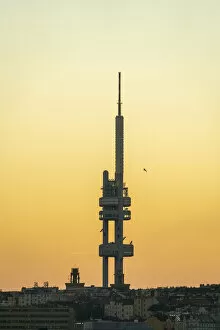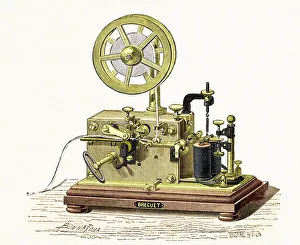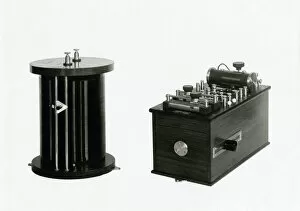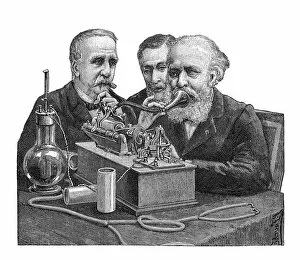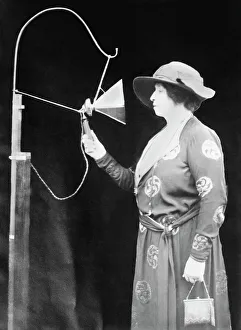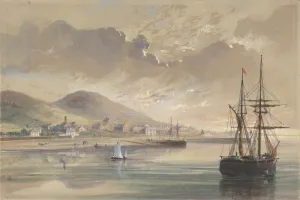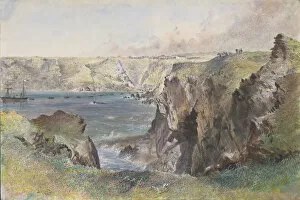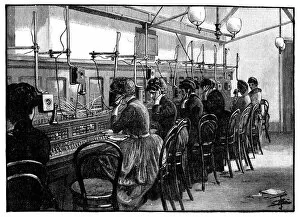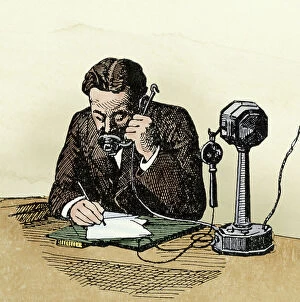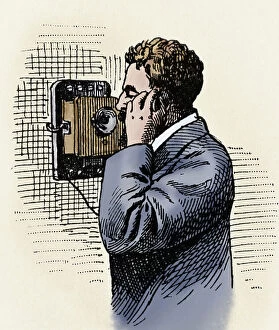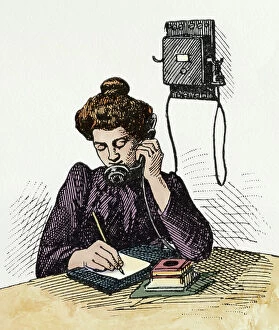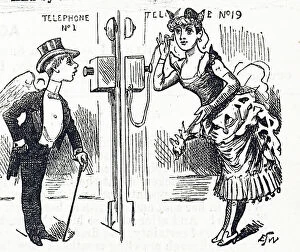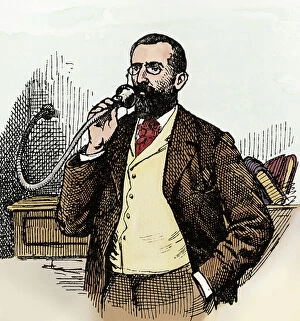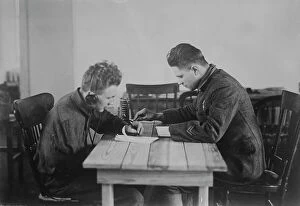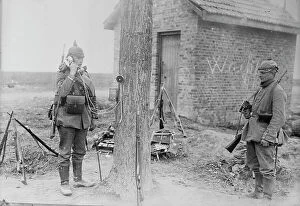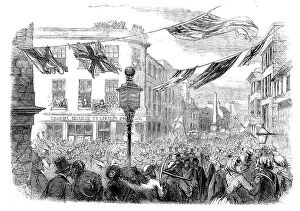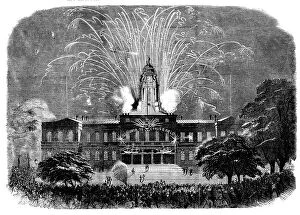Telecommunication Collection
"Revolutionizing Communication: From Marconi's Radio Apparatus to the Telegraph Receiver" Step back in time and explore the fascinating world of telecommunication
All Professionally Made to Order for Quick Shipping
"Revolutionizing Communication: From Marconi's Radio Apparatus to the Telegraph Receiver" Step back in time and explore the fascinating world of telecommunication, where innovation and technology have shaped human connection throughout history. Starting with Marconi's groundbreaking radio apparatus, which paved the way for wireless communication, we witness a remarkable transformation. The Lovell Telescope emerges as a symbol of scientific progress, enabling us to delve into the mysteries of space. In times of emergency, the early fire brigade street alarm acted as a lifeline for communities, alerting them to danger swiftly and efficiently. Meanwhile, Goonhilly Satellite Earth Station revolutionized global communication by connecting people across continents like never before. The Arecibo message and its decoded key C016 / 6817 represent humanity's attempt to reach out to extraterrestrial civilizations—a testament to our insatiable curiosity about what lies beyond our planet. Traveling through time brings us face-to-face with pivotal moments such as the switchboard at Newcastle Telephone Exchange on January 24th, 1931. Here, operators diligently connected calls that bridged distances and brought loved ones closer together. During wartime struggles in 1916, a wireless officer bravely sent messages via Morse Code from aboard a ship—an act that exemplified how telecommunication played an essential role in military operations. Fast forward to modern times—the Channel Tunnel stands tall as an engineering marvel that connects nations physically while fostering cultural exchange and economic growth. Meet "The Aerial Man, " who fearlessly climbed towering structures to ensure uninterrupted communication signals—his bravery kept society connected during challenging times. Witness the grandeur of Great Eastern—a colossal vessel instrumental in laying undersea cables that linked distant lands electronically—ushering in an era of instant long-distance communication unimaginable before its time. Finally, marvel at the Telegraph Printer from 1889 (C013 /8777), which transformed written words into electrical pulses, revolutionizing the speed and efficiency of information transmission.

